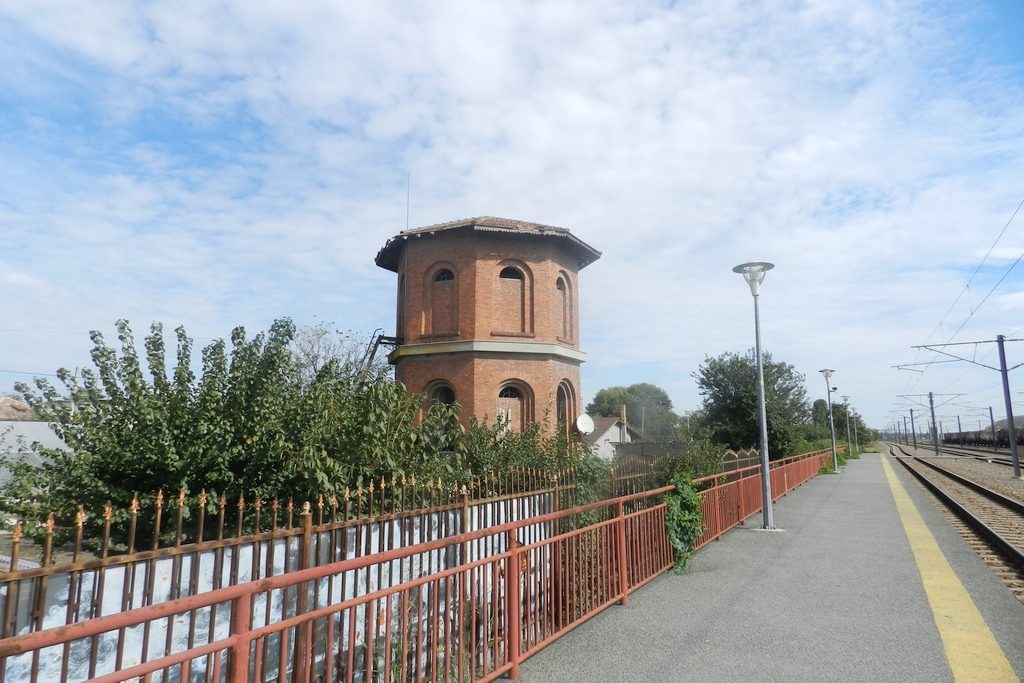

The water tower from Murfatlar is a construction destined especially for redistributing the drinking water to the inhabitants from the city at the beginning of the XIXth century.
On the occasion of some works at the chalkstone quarry from the hill Tibișir in the year 1957 there were discovered dug in the cliff, galleries with places for the graves, premises built from chalkstone blocks. The archeologist established the fact that it was a rupestral ensemble, an ancient human establishment.
This archeological discovery certifies the existence of the locality Murfatlar before the year 992 A.D. Through his emplacement, the locality was in that period in the path of the migrating people. Certain information concerning the history of the locality appear in the documents which existed after the year 1800, when here there were established shepherds and the cojani, descendants of the shepherds before them.
The name of Murfatlar comes from the Tatar word Murfat, namely the descendants of Murfat. The establishment from Dobrogea was populated after the year 1855 by a Turkish garrison, and then by the Tatar brought from Crimea, having at the beginning a mosque and a few houses. The name is kept until the year 1921 when, by the means of a law project, there was changed the name of more localities from Dobrogea, and Murfatlar gained the name of Basarbi, until 1965 when it comes back again to the ancient name. According to an anecdote, Nicolae Ceaușescu himself would have commanded the change of the name, because of the fact that the pronunciation of the former name would have caused him difficulties. In the year 1975, it was named again Basarabi. In the year 2007, the local authorities requested to come back to the name of Murfatlar.
According to the census performed in 2011, the population of the city Murfatlar was up to 10.216 inhabitants, decreasing in comparison with the previous census of 2002, when there were registered 10.857 inhabitants. The majority of the inhabitants are Romanian (84, 3%). The principal minorities are the ones of Tatars (5, 5%) and Gypsies (2, 49%). For 6, 57% of the population, the ethnical affiliation isn’t known. From the confessional point of view, the majority of the inhabitants are Orthodox (83, 32%), but there also are minorities of Muslims (6, 65%) and Pentecostals (2, 19%). For the 6, 59% of the population, the confessional affiliation isn’t known.
In the year 1930 the locality number 1.502 inhabitants, among whom 936 Romanians, 268 Turks, 96 Tatars, 59 Germans, 44 Gypsies, 27 Armenians, 24 Greeks and others. Under the confessional point of view, the population was formed of 1.047 orthodox, 371 Islamic, 47 Lutherans, 19 Armenian – Gregorian, 13 Roman – Catholics and others. In the village there also lived Germans from Dobrogea, of Evangelic religion.
